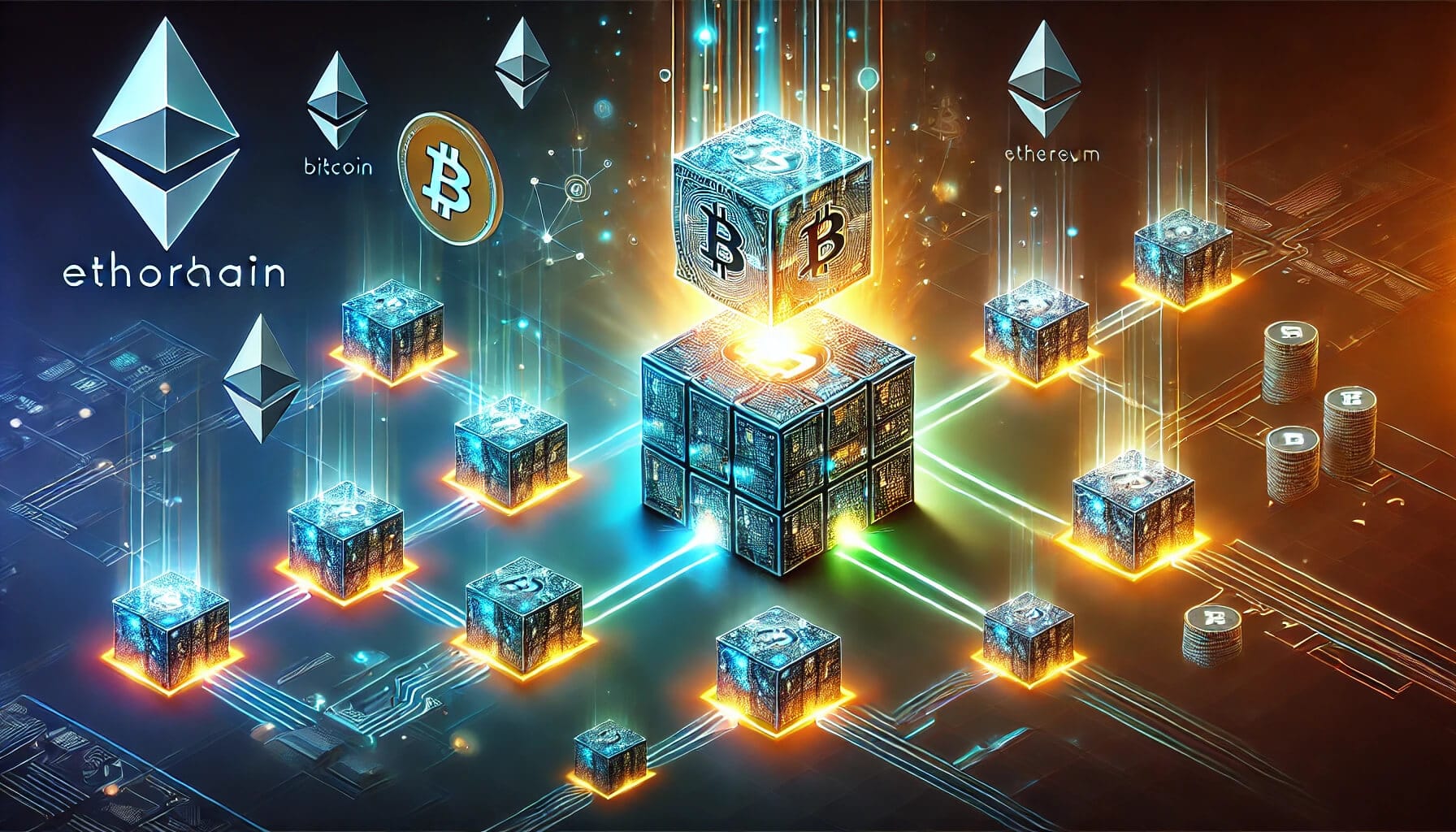Have you ever wondered how cryptocurrencies like Bitcoin are created? The answer lies in a fascinating process called crypto mining. In this beginner-friendly guide, we’ll break down the basics of crypto mining, explaining what it is, how it works, and why it plays a crucial role in the world of digital currencies. Whether you’re new to the concept or looking to deepen your understanding, this guide will provide you with the knowledge you need to get started.
What is Crypto Mining?
Crypto mining involves creating new cryptocurrency coins and verifying transactions on a blockchain. Miners solve complex mathematical problems using computational power. Essentially, miners compete to solve these problems, and the first one to do so adds a new block to the blockchain and earns cryptocurrency. This process not only generates new coins but also ensures the security and integrity of the blockchain network.

How Does Crypto Mining Work?
Let’s break down how crypto mining operates:
- Transaction Verification: Miners collect pending transactions from the network and bundle them into a block. Then, they add this block to the blockchain after successful verification. This step is crucial because it ensures all transactions are legitimate and prevents double-spending, a critical issue in digital currencies.
- Solving Cryptographic Puzzles: To add the block to the blockchain, miners must solve complex cryptographic puzzles. These puzzles require significant computational power and time. The first miner to solve the puzzle gets the right to add the block to the blockchain and earns newly created cryptocurrency coins and transaction fees.
- Adding the Block to the Blockchain: Once miners solve the puzzle, they add the new block to the blockchain. This makes the transactions in that block permanent and immutable, ensuring the security and continuity of the blockchain.
- Earning Rewards: As an incentive for their work, miners receive rewards. These rewards come in the form of newly minted cryptocurrency and transaction fees paid by users for their transactions to be included in the blockchain.
Types of Crypto Mining
Different methods of mining cryptocurrencies come with their own advantages and challenges:
- ASIC Mining: Uses specialized hardware called Application-Specific Integrated Circuits, which are highly efficient but can be expensive.
- GPU Mining: Utilizes Graphics Processing Units, which are more versatile and can mine different cryptocurrencies but consume more power.
- CPU Mining: Involves using standard computer processors. This method is less efficient and less commonly used but is accessible to anyone with a computer.
- Cloud Mining: Allows users to rent mining hardware from remote data centers. This method reduces the need for physical hardware but comes with its own risks and costs.
Benefits of Crypto Mining
Crypto mining offers several benefits, making it an attractive activity for many:
- Earn Cryptocurrency: Miners receive newly minted coins as rewards, providing a potential source of income.
- Support the Network: Mining helps maintain and secure the blockchain network, ensuring its functionality and security.
- Promote Decentralization: By distributing the validation process across many participants, mining promotes a decentralized system, reducing the risk of central points of failure.

Challenges of Crypto Mining
While mining can be rewarding, it also comes with challenges:
- High Energy Consumption: Mining requires a significant amount of electricity, leading to high operational costs and environmental concerns.
- Complexity: The mathematical problems that need to be solved become increasingly difficult over time, requiring more advanced and expensive equipment.
- Specialized Equipment: Effective mining often necessitates costly, specialized hardware, which can be a barrier to entry for many people.
How to Start Crypto Mining
If you’re interested in starting your own mining operation, here are the steps to get you started:
- Choose Your Mining Hardware: Depending on your budget and the cryptocurrency you want to mine, select appropriate mining hardware. ASICs are great for efficiency, GPUs for flexibility, and CPUs for accessibility.
- Set Up a Crypto Wallet: You’ll need a secure crypto wallet to store your mining rewards. Popular options include hardware wallets like Ledger and software wallets like Exodus.
- Join a Mining Pool: Mining solo can be difficult and less profitable, so consider joining a mining pool. This allows you to share resources and rewards with other miners, increasing your chances of earning.
- Install Mining Software: Download and install mining software that is compatible with your hardware. Examples include CGMiner, BFGMiner, and NiceHash. This software connects your hardware to the blockchain network and starts the mining process.
- Start Mining: Once everything is set up, you can start the mining process. Monitor your setup to ensure it’s running efficiently and to troubleshoot any issues that arise.
Crypto mining is an essential part of the digital currency world. By understanding the basics and following the right steps, you can start mining and earn rewards. Whether you’re looking to support the blockchain network or earn a cryptocurrency, mining offers a fascinating and potentially rewarding opportunity. For more insights and updates on crypto mining, follow us on our social media channels. Join our communities on Twitter and Telegram to stay informed and connect with fellow enthusiasts.
Internal Links:
FAQs
- Is crypto mining profitable?
- Mining can be profitable, but it depends on factors like electricity costs, hardware efficiency, and the current price of the cryptocurrency.
- What is the best cryptocurrency to mine?
- The best cryptocurrency to mine depends on market conditions and mining difficulty. Bitcoin, Ethereum, and Litecoin are popular options.
- Can I mine crypto on my laptop?
- Mining on a laptop is possible but generally not recommended due to low efficiency and potential overheating issues.
For the latest airdrops and crypto news, follow us on:















